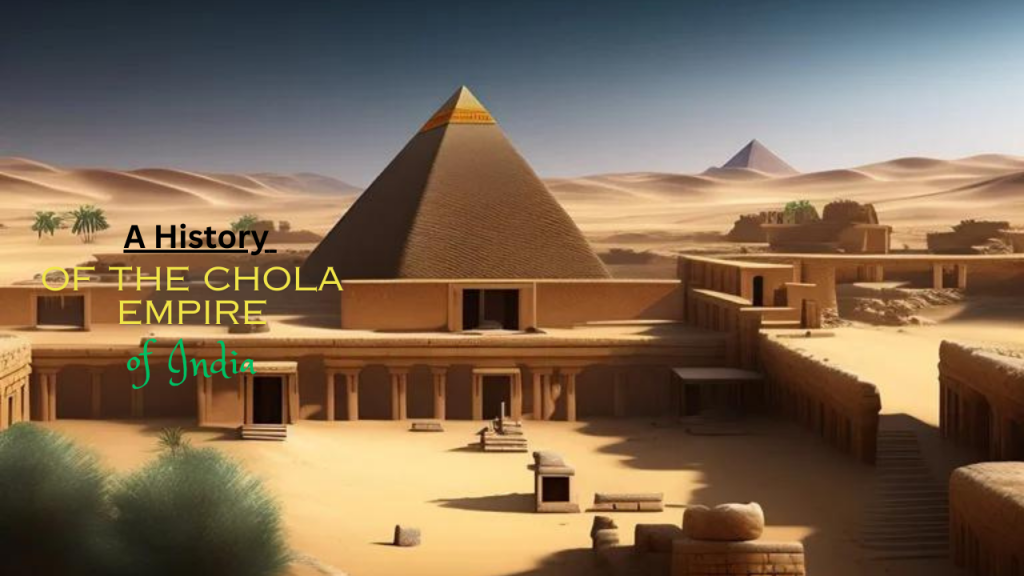WdianOutdoor 2 Pack Hummingbird Feeders for Outdoors, Plastic Hummingbird Feeders - Resistant to Ants and Bees, Perfect for Outdoor Hanging, Enriching Patios & Gardens, Unique Aesthetic (Red / 2PC)
$19.99 (as of May 8, 2024 18:54 GMT +00:00 - More infoProduct prices and availability are accurate as of the date/time indicated and are subject to change. Any price and availability information displayed on [relevant Amazon Site(s), as applicable] at the time of purchase will apply to the purchase of this product.)Epigraphic Records of Pandya Dynasty: A Historical Journey
The rich tapestry of India’s history is interwoven with the legacies of various dynasties that once ruled its diverse landscapes. Among these, the Pandya Dynasty, a prominent and influential kingdom in the southern region, has left behind a remarkable trail of epigraphic records that offer a fascinating glimpse into their reign. In this comprehensive article, we delve into the world of the Pandya Dynasty, exploring the significance of their epigraphic records and their enduring impact on Indian history.
Unearthing the Epigraphic Treasures

The Pandya Dynasty, which thrived in the southern part of India, had a keen appreciation for preserving their history through inscriptions. These epigraphic records are not mere stone carvings but invaluable historical artifacts that provide insights into the socio-political, economic, and cultural aspects of their era. The dynasty’s penchant for recording their achievements and milestones played a pivotal role in preserving the legacy for generations to come.
A Glimpse into Pandya Dynasty

The Pandya Dynasty, one of the oldest ruling dynasties in the Indian subcontinent, held sway over a significant part of South India. Historians trace their origins back to the Sangam period, placing their rule between the 6th century BCE and the 17th century CE. The Pandya rulers were known for their maritime prowess, extensive trade networks, and patronage of the arts.
Key Highlights of the Pandya Dynasty
- Maritime Supremacy: The Pandya Dynasty established itself as a dominant maritime power, controlling key ports along the southern coast. This facilitated trade with regions as far-flung as the Roman Empire and Southeast Asia.
- Cultural Flourishing: The Pandya Dynasty was a patron of art, literature, and temple construction. Their reign witnessed the construction of magnificent temples that stand as architectural marvels to this day.
- Economic Prosperity: Through their trade and agricultural advancements, the Pandya Dynasty achieved remarkable economic prosperity, contributing to the region’s affluence.
Significance of Epigraphic Records

The epigraphic records left behind by the Pandya Dynasty hold immense historical significance. These inscriptions are like time capsules, preserving a vivid account of the dynasty’s achievements, socio-cultural practices, and the historical events of their era. Let’s explore why these records are so invaluable:
1. Historical Documentation
The epigraphic records provide a firsthand account of the Pandya Dynasty’s reign. They document the lineage of rulers, their conquests, and interactions with other contemporary dynasties. These inscriptions serve as primary historical sources, shedding light on the broader historical narrative of South India.
2. Socio-Cultural Insights
Delving into the epigraphic records allows us to understand the societal norms and cultural practices prevalent during the Pandya Dynasty. These inscriptions offer glimpses of religious beliefs, customs, and the lifestyle of the people in that era.
3. Economic and Administrative Records
For those interested in economic history and governance, the Pandya epigraphs provide valuable insights. They detail revenue records, grants, and administrative policies, helping us comprehend the economic system of the time.
Deciphering the Epigraphic Language

Epigraphic records are typically inscribed in ancient scripts and languages. The Pandya Dynasty predominantly used Tamil and Sanskrit for their inscriptions. Deciphering these scripts requires expertise, but they reveal intricate details about the dynasty’s rule and culture.
Beyond the Pandya Dynasty

While the Pandya Dynasty’s epigraphic records are of immense historical importance, they are not limited to the study of that era alone. These inscriptions contribute to our broader understanding of South Indian history, its cultural diversity, and the interactions with neighboring kingdoms.
Conclusion
The epigraphic records of the Pandya Dynasty are not just stone carvings but time capsules that allow us to travel back in time and witness the splendor of their reign. They offer a unique window into the history, culture, and governance of an empire that once thrived in the southern part of India.
These invaluable records continue to be a source of inspiration and knowledge, enriching our understanding of the past and the enduring legacy of the Pandya Dynasty. As we explore these epigraphic treasures, we take a step closer to comprehending the intricate tapestry of Indian history.




